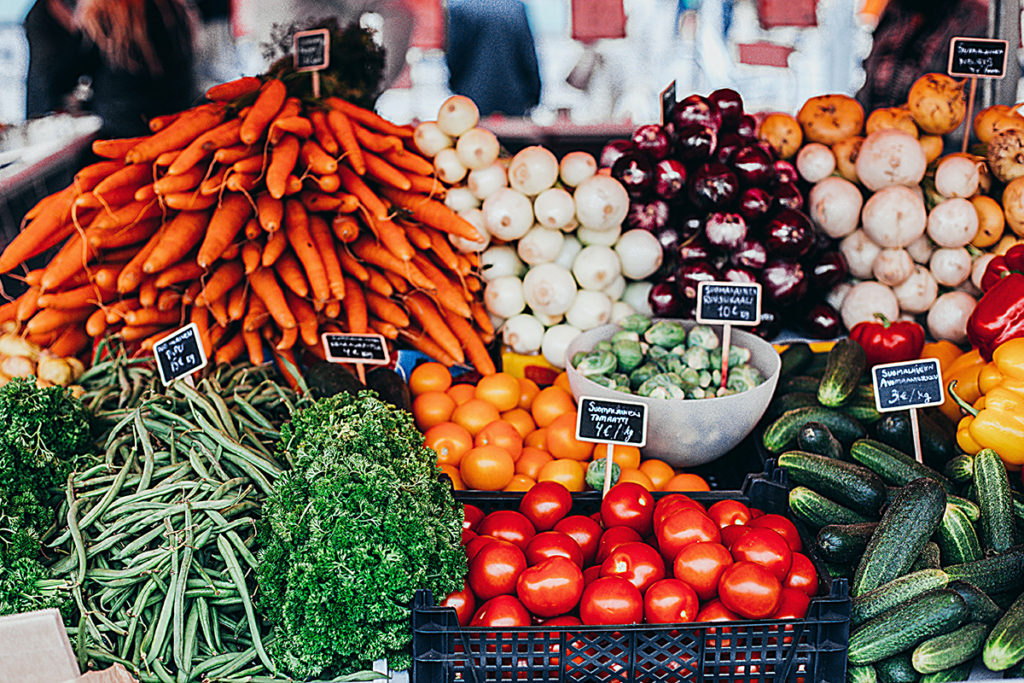Forget everything you thought you knew about obesity.
68% of the population of the US is overweight, and we know that there are a number of health risks associated with the issue. But did you know that people are overweight because their bodies are actually starving?
Today the Gluten Free RN is challenging your assumptions about weight gain and celiac disease, revealing the surprising way your body compensates for malnourishment, the necessity of fat in nutrient absorption, and the healing power of a whole food gluten-free diet.
Listen and learn why more people are overweight when diagnosed with celiac disease than underweight, more have constipation than diarrhea, and more have neurological disorders than gastrointestinal issues. Nadine is prepared to shake up your idea of what it means to have celiac disease and offer guidance regarding the food we should be eating in order to heal, and lose – or gain – weight in the process!
What’s Discussed:
The classic symptoms of celiac disease
- Used to be identified by weight loss and chronic diarrhea
- We now know there are well over 300 signs and symptoms
The obesity epidemic in the US
- 68% of the population is overweight
- Obesity increases morbidity and mortality
- The majority of celiac patients are overweight
Why celiac patients are overweight
- Damage to intestines prevents absorption of nutrients
- Body is starving, so it compensates by storing fat as cheap energy
The health risks associated with obesity
The failings of fast food
- Little to no nutritional value
- ‘Bad’ fat
- Little use as energy
The whole food diet Nadine recommends for celiac and gluten sensitive patients
The rapid weight loss of overweight celiac patients once they adopt a gluten-free diet
Why wounds may not heal appropriately in celiac patients
- Body is malnourished and cannot absorb nutrients
- Nutrients are necessary to heal tissue
How to heal your body with food
- Choose fermented foods
- Regenerate villi in intestines
- Build diverse microbiome
Nadine’s patient with tunneling wound in sacral area
- Wound would not heal, required daily dressing changes
- Patient was HLA-DQ2 gene carrier
- Wound healed after 10 days on a gluten-free diet
How a gluten-free diet affects underweight celiac patients
- Muscle and tissue build appropriately
- Weight increases as nutrients are absorbed
The necessity of a high-fat diet for celiac patients
- Vitamins A, D, E and K are fat-soluble
- The brain is made of fat
‘Good’ fats that Nadine recommends incorporating into your diet
- Listen in for the full list!!
Connect with Nadine:
Books by Nadine:
Dough Nation: A Nurse’s Memoir of Celiac Disease from Missed Diagnosis to Food and Health Activism


